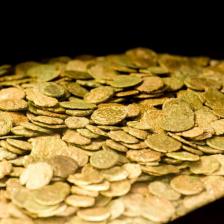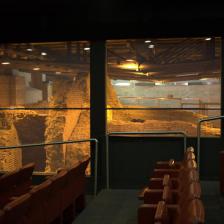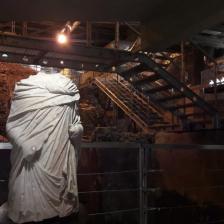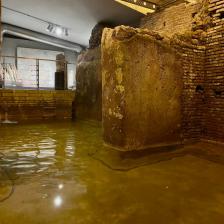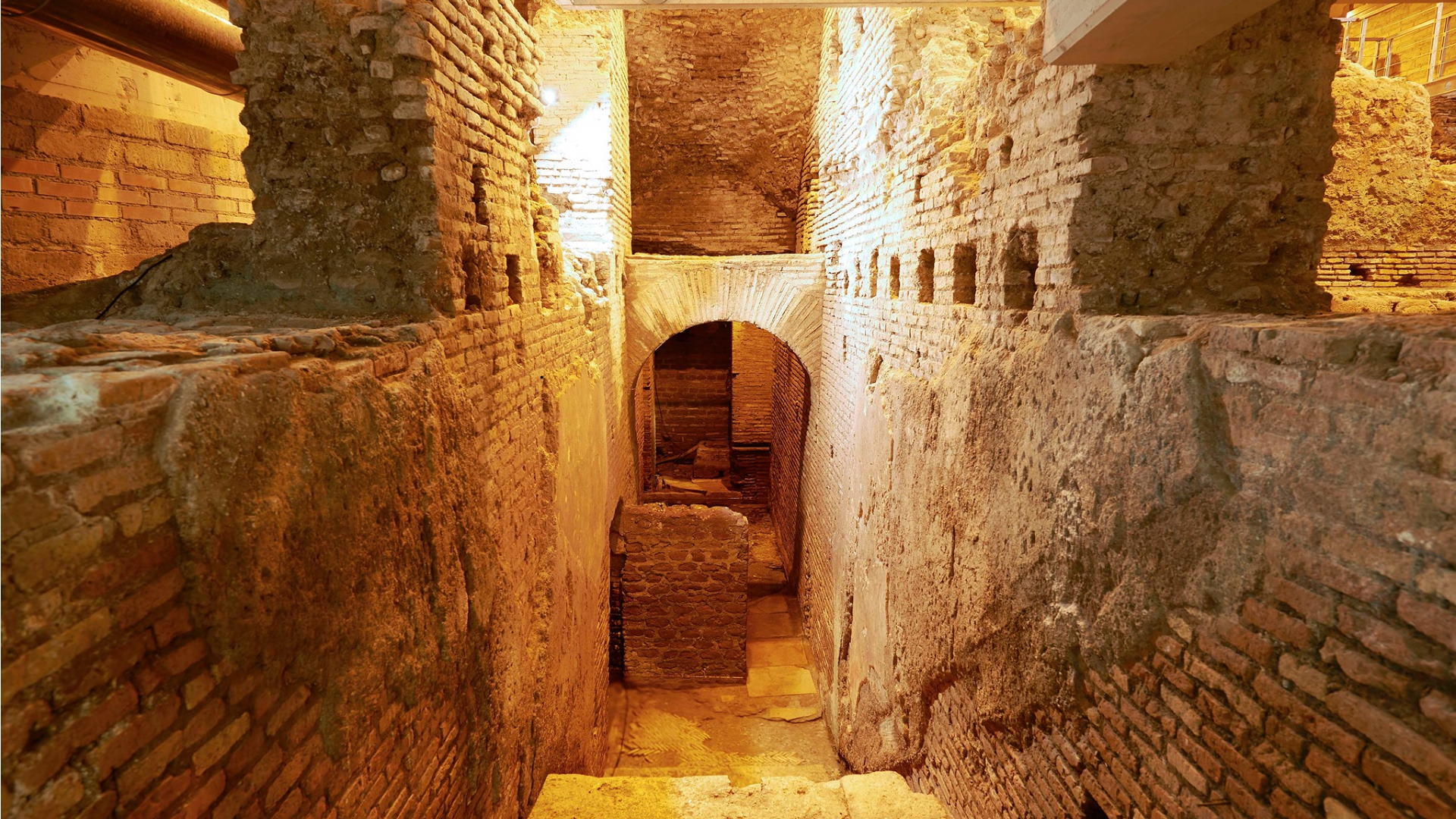
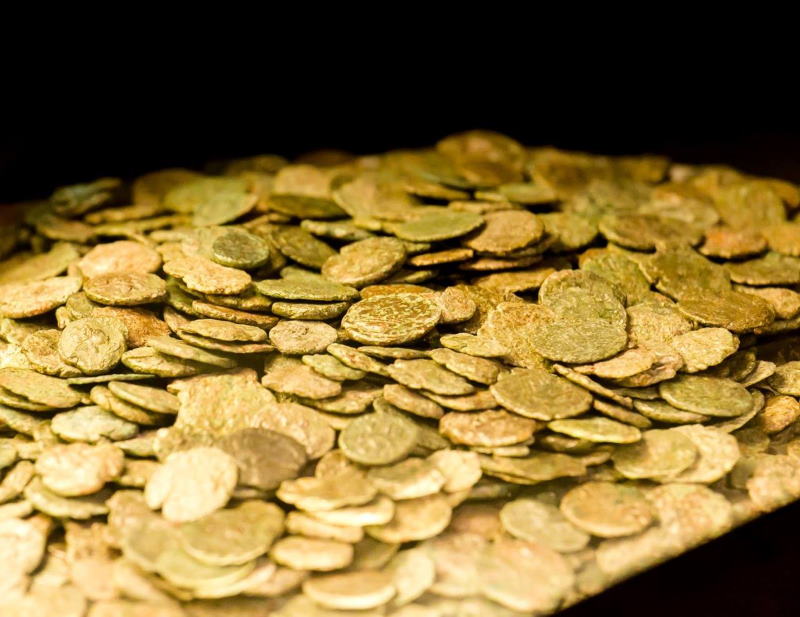
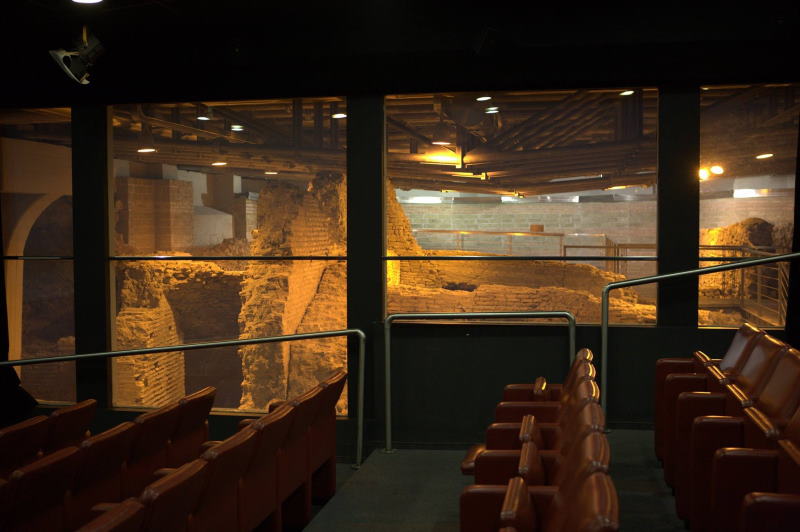
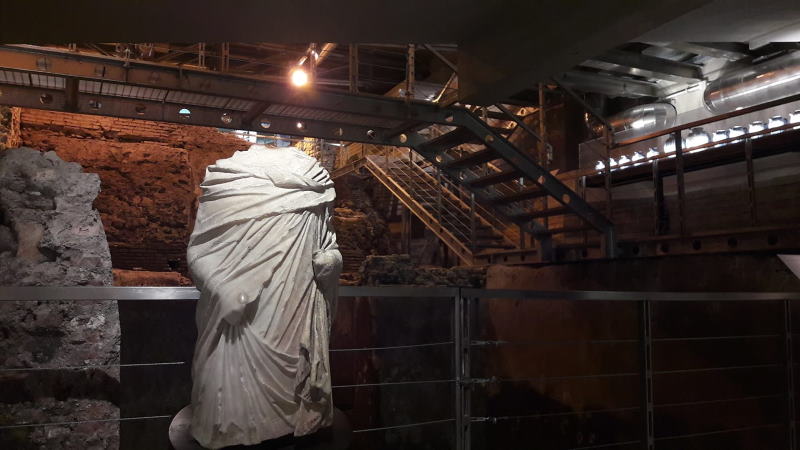
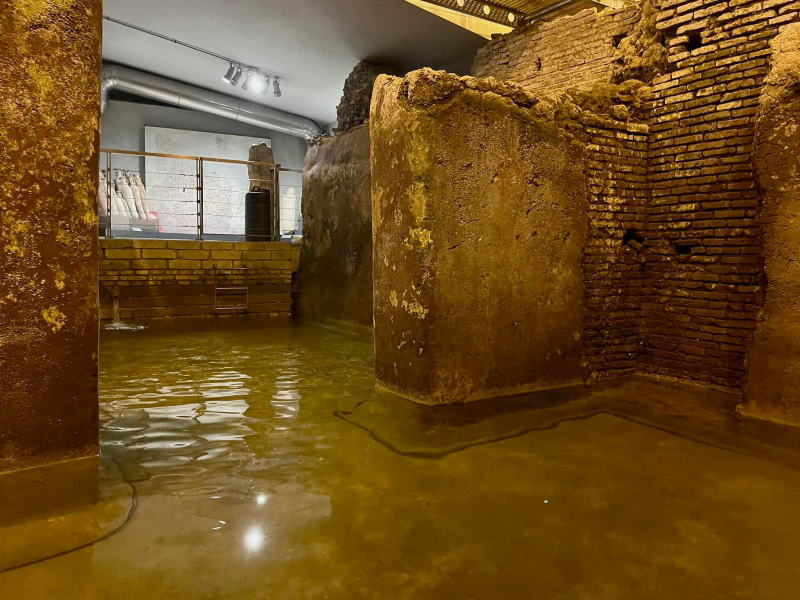
A few steps from the Trevi Fountain, over nine meters below today’s street level, the archaeological surveys carried out between 1999 and 2001 during the renovation of a cinema brought to light a large ancient residential complex. Open to the public in 2004, the site is a striking example of the age-old stratifications that extends under the Rione Trevi, an underground world that allows visitors to explore some of the great events in the history of the city, from the construction of the Aqua Virgo aqueduct to the fire of Nero, from the sack of Alaric to the siege of the Goths and beyond.
Different buildings have succeeded one another here over time, changing their use and destination as necessary. The oldest structures refer to an insula, a block of flats similar to our modern condominiums built immediately after the fire that devastated Rome in 64 AD, at the time of Emperor Nero. In the mid-4th century, the insula was converted into an upper-class mansion house, a rich domus decorated with polychrome marble and mosaics. Raids and looting by the barbarian kings did not put an end to the long history of this area, as evidenced by the remains of a medieval settlement with houses built with bare materials and dating back to between the 12th and 13th centuries.
The term “City of Water”, commonly used to define the archaeological area of Vicus Caprarius, is however due to the element that undoubtedly characterizes the site the most. In the 2nd century AD, a large water reservoir was built in a part of the building complex, probably used until the 6th century AD, when the structures were damaged by the Goths. It is the so-called castellum aquae, a tank that was used to store the water from the nearby Aqua Virgo and where water still flows today. Wanted by Agrippa, son-in-law of Emperor Augustus, to feed the Baths in the Campo Marzio area, the Aqua Virgo is the only aqueducts of ancient Rome that has remained in operation until today, used to feed many of the fountains of the Baroque city. The Trevi Fountain is its monumental terminal display fountain (the “mostra”).
The visit experience is completed by a small museum that collects the many artifacts found during the excavations: precious polychrome marbles, refined decorations and fragments of marble statues (including the famous head of Alexander Helios), African amphorae for the transport of oil and a wonderful “treasure trove” made up of over 800 coins of little value, probably the (lost) savings of a servant.
Rione II - Trevi
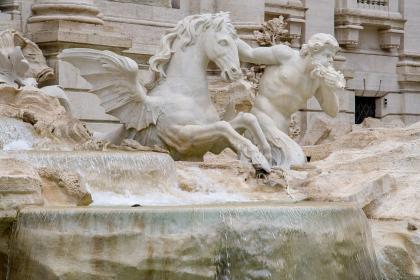
A walk among the fountains
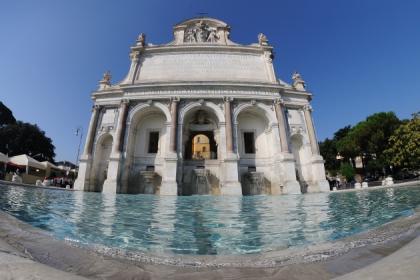

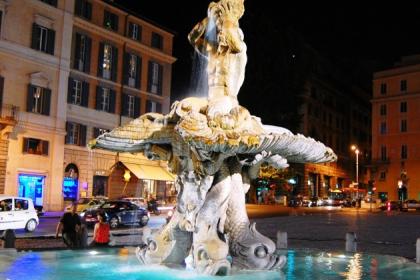
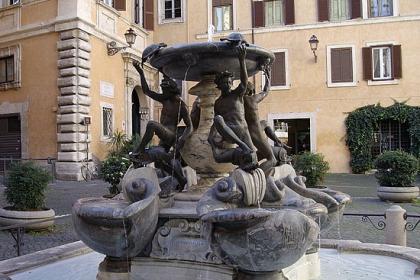
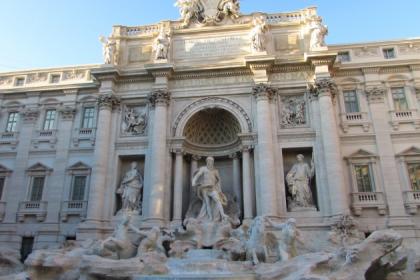
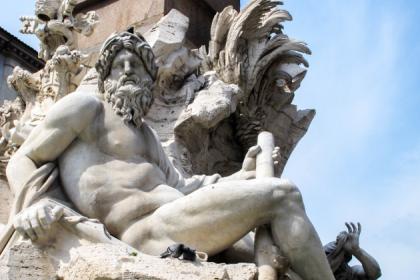
Alla scoperta delle fontane da non perdere: monumentali, bizzarre, barocche
 Condividi
Condividi
Museo Ninfeo
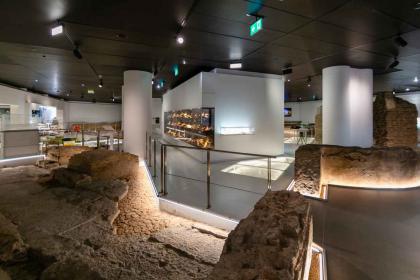
 Condividi
Condividi
Information
From Tuesday to Sunday: 11.00 – 17.00
Reservation is highly suggested on weekdays, while it is mandatory on weekends and holidays: by phone call or WhatsApp 3397786192
 Condividi
Condividi
Locations
To find out about all accessibility services, visit the Rome accessible section.












































